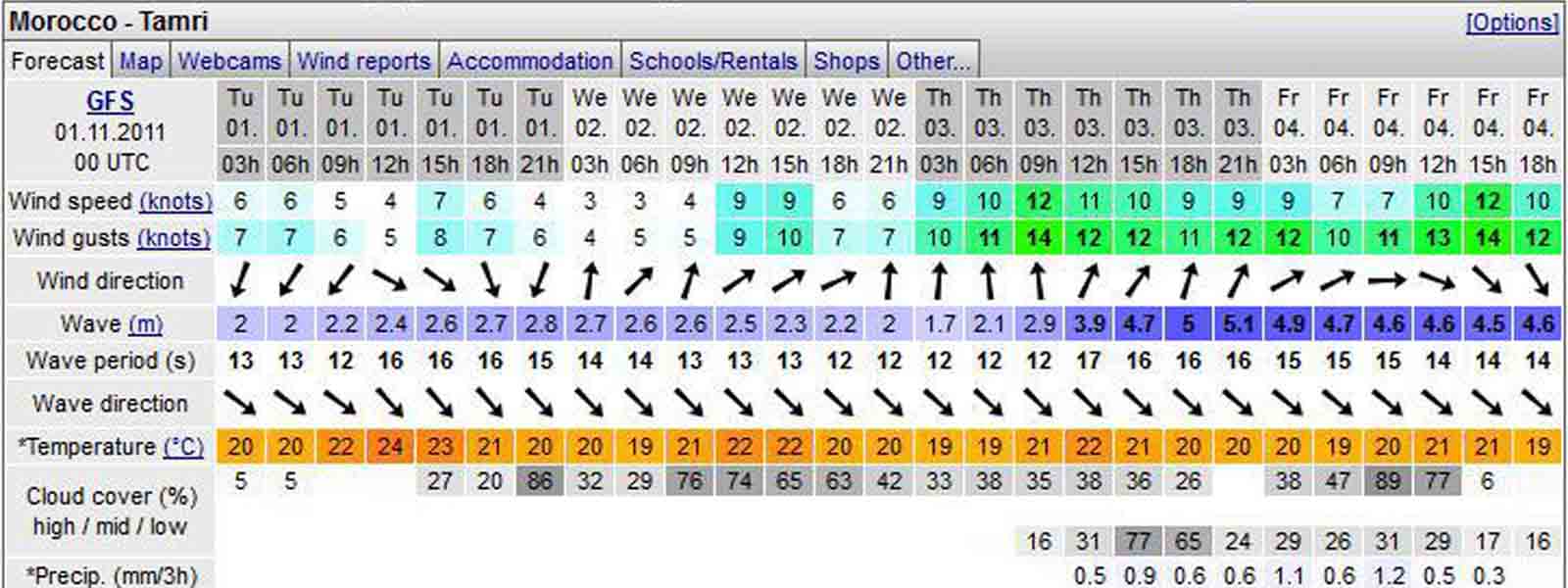
22 Jun How To Read a Surf Report
What is a Surf Report?
Before we talk about reading our local Myrtle Beach surf report, we first need to talk about what surf reports are. Surf reports predict a wave’s height, direction, and length based on mostly wind and swell patterns. Like a weather forecast, reports are not 100% accurate. They can however be the deciding factor between hauling your board to the beach or leaving it at home. If a report says 0-1 foot waves, chances are the board will probably stay in the garage for at least another
How Swell and Wind Affect a Wave
Swell is the movement of the water towards or away from a beach. In a perfect world, if you were on a SE facing beach (much like Myrtle Beach) you would want a swell coming from the SE direction. This means that when the swell hits the beach it will be hitting at maximum power. Another important thing to note is the time period in between each wave. The longer the period the fatter and stronger the wave is going to be. A wave with a period below 7s is generally a wind-generated storm with not much power. Any wave with a period of 10+ seconds will have much more power. Wind also plays a huge part in creating or destroying a wave and is hard to predict but it can be explained simply. If wind is traveling in the same direction as the swell towards the beach it will build the wave. However, if the wind travels against the swell it can easily destroy it.
How Does This Relate To My Surfing Experience At Jack’s?
For the most part, it won’t. As a beginner 1-2 foot waves are the most comfortable to learn on. These kinds of waves are generated on almost any given day in Myrtle Beach. Learning to read the surf report comes in handy when you are ready to take the next step and start surfing on your own. As the waves get bigger more skill is required to know how to manage the conditions and stay safe.




No Comments